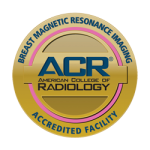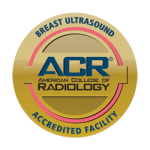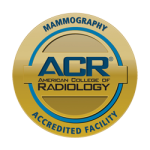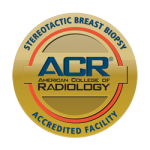Breast Center

We are proud to offer comprehensive breast services at our ACR accredited facility—part of the first accredited breast center in the county. Thousand Oaks Radiology joins a select few in the nation designated by the ACR (American College of Radiology) as a Breast Imaging Center of Excellence (BICOE). We provide the highest standard of imaging services in a caring, comfortable environment.
For the past several years, Thousand Oaks Radiology has been the proud Flagship sponsor for the American Cancer Society’s annual Breast Cancer Awareness event, “Making Strides.” Additionally, during the month of October, which is Breast Cancer Awareness month, we also hold a half day event to provide mammograms to the community at a significantly reduced cost.
We are committed to providing the most up to date technology and research in this area.





